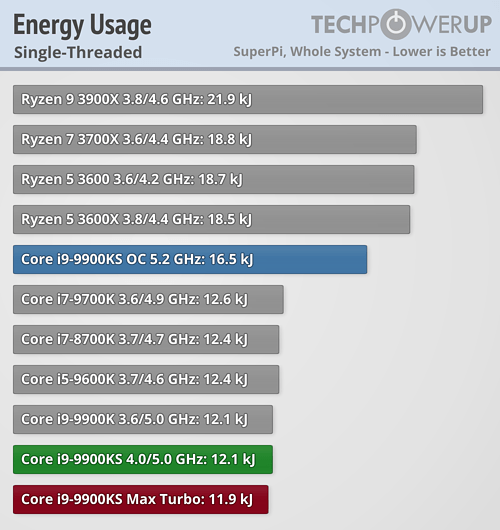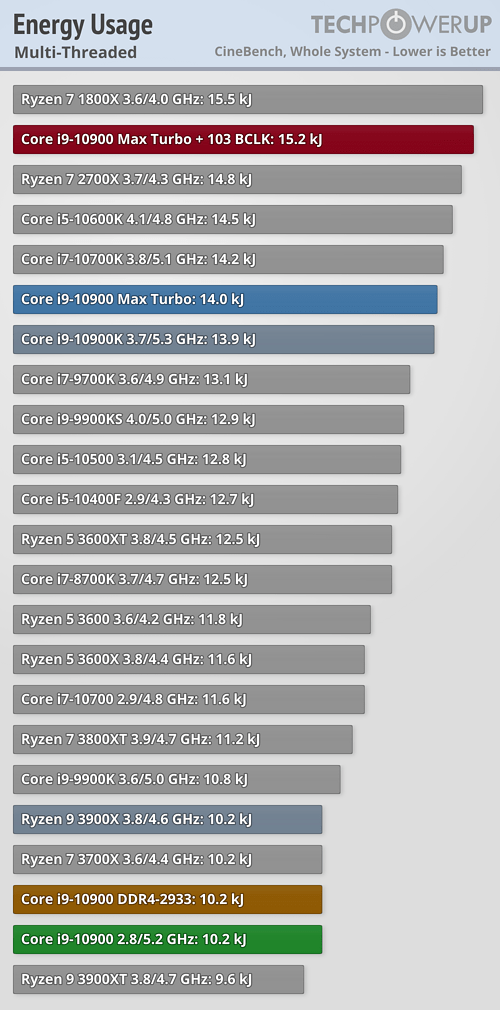I suppose you think that Cinebench is way better, right? In any case, regardless of what you think of Geekbench you should see how much the score of the 4800U drops when unplugged relative to its own score when plugged. Unplugged it drops to 59.2% of its plugged score. A drop in performance of over 40%. Here comes AMD’s shenanigans. You see when unplugged AMD’s frequency plummets in order for their laptops to look good in battery duration benchmarks. But when plugged they draw way way more power in order to look good on performance benchmarks (which AMD knows reviewers are only conducting when plugged in).
Now about that TDP of AMD’s cpus. That’s a complete farce. You see AMD coined a different term to refer to their real TDP: Package Power Tracking (PPT). In the desktop processors this was set to 88W for the “65W TDP” cpus and 142W for the “105W TDP” cpus. That’s a bit over 35% in each case compared to the advertised TDP. This PPT is a
sustained power limit for an indefinite amount of time by the way (provided the cooling is not a limit). This is like Intel’s PL1. In laptops AMD went a step further and coined PPT_long and PPT_short. The former is like Intel’s PL1 and the latter is like Intel’s PL2. PPT_short is sustained for a short period of time similar to how Intel’s PL2 is sustained for a short period of τ seconds. For the 4800U there are two “TDP” modes: “15W” and “25W”. When on “15W” the PPT_long (i.e. real tdp) is 25W. The PPT_short is something higher (~45W). When on 25W they have a PPT_long (i.e. real tdp) of 35W. The PPT_short is 63W.
So all the AMD fbs saying that this article may have tested the 4800U only in 15W mode should know that even in that case that would be the equivalent of Intel’s 25W mode and the fair thing to do. And when the 4800U is set to performance mode it is equivalent to an Intel’s 35W mode.
Also watch this where it clearly states that the 4800U is a 35W tdp cpu.
View: https://www.youtube.com/watch?v=2yl_ziFcOA4&feature=youtu.be&ab_channel=HardwareCanucks





